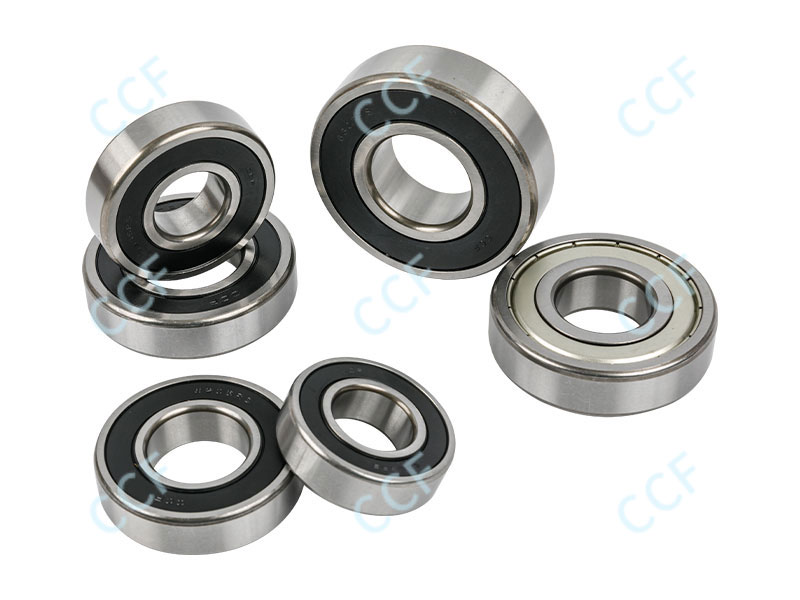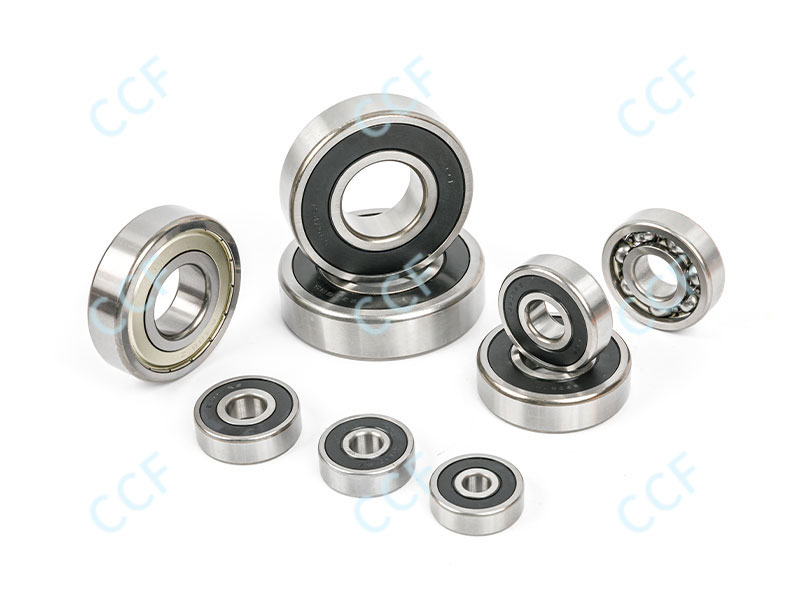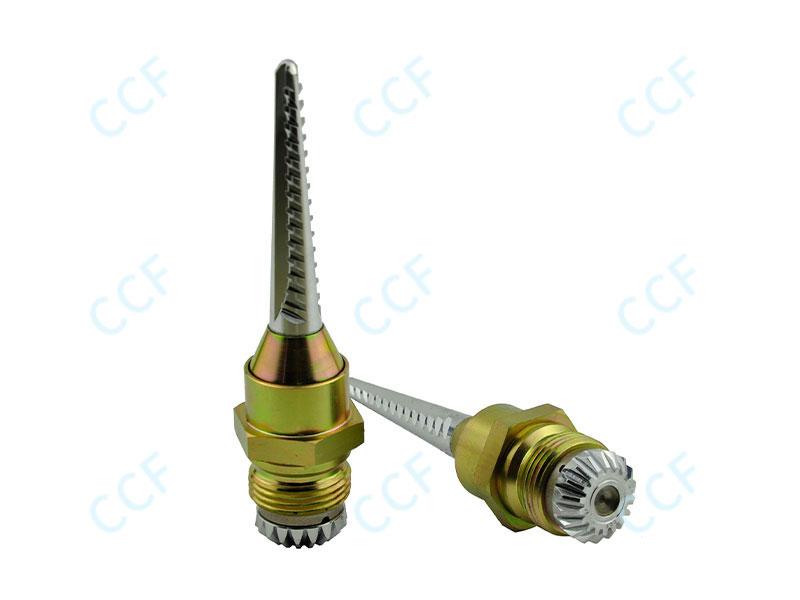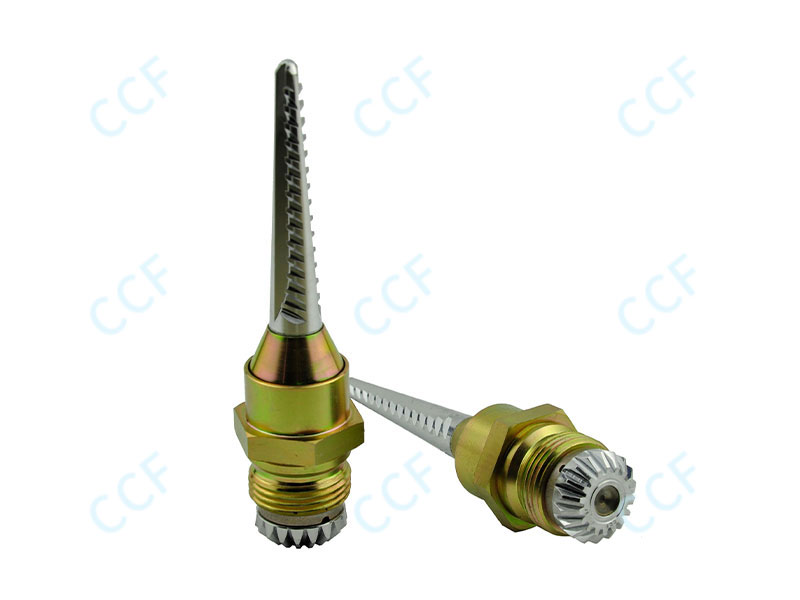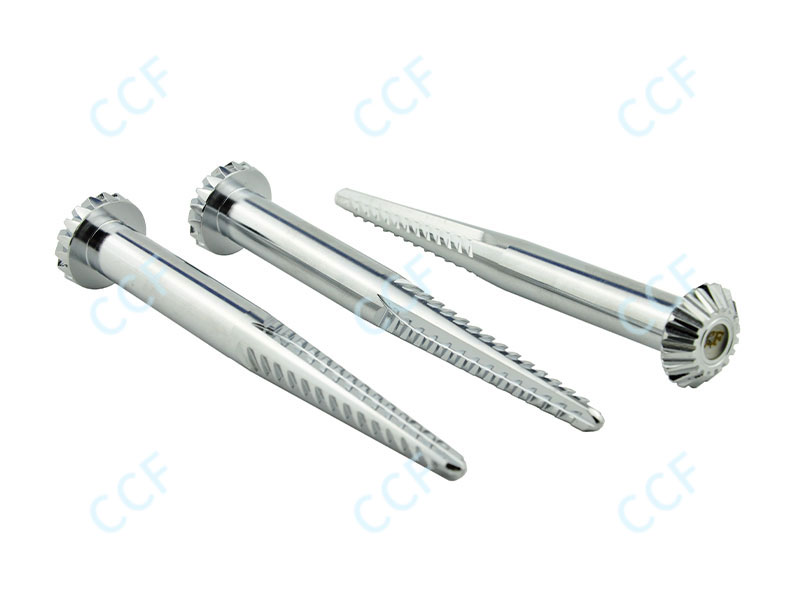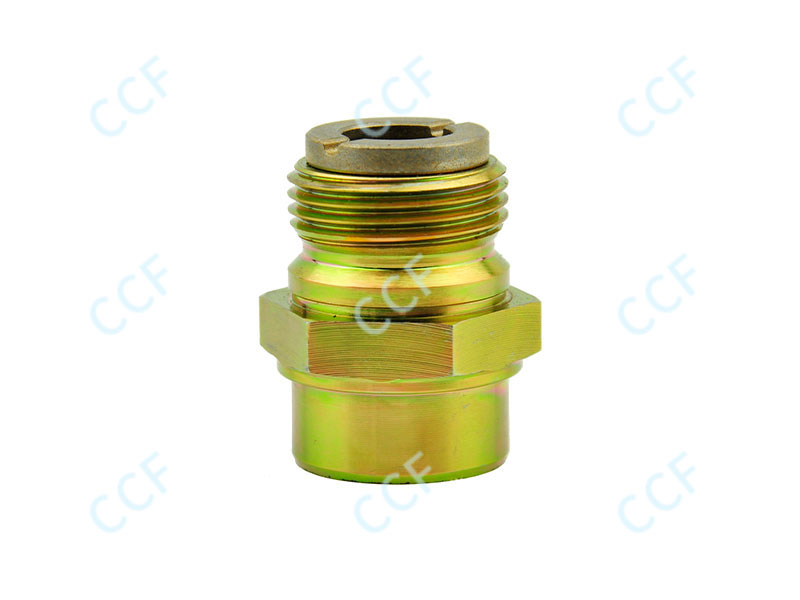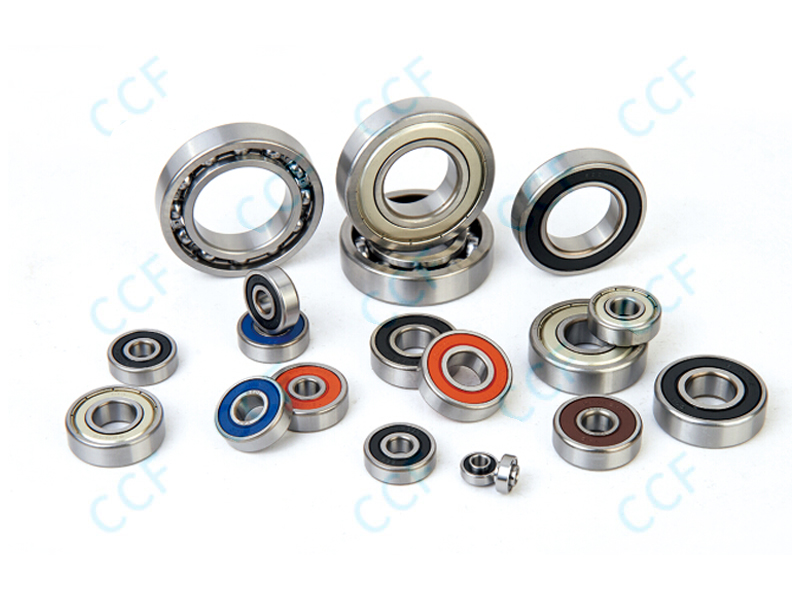Understand the role of ball bearings in industrial motors
Ball bearings are one of the key components in industrial motors. They are mainly used to support the rotor and ensure its smoothness and concentricity during rotation. The performance of the bearing is directly related to the operating efficiency, noise level and service life of the motor. Since the motor is subjected to high-speed rotation, axial and radial loads and environmental stress during long-term operation, the maintenance and monitoring of ball bearings are particularly important. Understanding their role is the prerequisite for effective maintenance work.
Make a reasonable maintenance plan
Establishing a regular maintenance system is the basis for ensuring the normal operation of ball bearings. The maintenance plan should be prepared in combination with the running time, load conditions and use environment of the motor. Under normal circumstances, for industrial motors that run continuously, it is recommended to conduct a routine inspection every three months and arrange a comprehensive maintenance once a year. If the motor is in an environment with high temperature, high humidity or high dust, the maintenance cycle should be appropriately shortened to prevent the bearing from accelerating wear or aging due to environmental factors.
Lubrication management is a key link
The lubrication status directly affects the operating performance and service life of the ball bearing. During maintenance, the status of the grease or lubricant should be checked regularly, including color, viscosity and whether it contains impurities. For closed bearings, they can be replaced as a whole after reaching the designed service life; for oilable bearings, an appropriate amount of lubricant should be added according to the instructions to prevent excessive or insufficient lubrication. In addition, the lubrication method (such as oil bath lubrication, grease lubrication) should also match the bearing type and motor structure to ensure uniform and effective lubrication.
Check the bearing temperature change
Bearing temperature is one of the important indicators to measure the operating status. Under normal operating conditions, the bearing temperature should be kept within a reasonable range and should not exceed 80°C. If the temperature continues to rise, the machine should be stopped for investigation in time. Overheating may be caused by problems such as poor lubrication, excessive load, too small bearing clearance or installation deviation. The bearing temperature can be monitored in real time by thermal imagers, temperature sensors and other equipment to detect potential abnormalities in time.
Listen to the sound changes during operation
The sound emitted during operation can also reflect the health of the ball bearing. Normal bearings should run smoothly and make slight sounds. If there is a continuous abnormal sound, screaming or impact, it may indicate internal steel ball wear, lack of lubrication or damage to the cage. By using a stethoscope or industrial acoustic analyzer for sound monitoring, the fault trend can be judged and handled accordingly.
Check the vibration characteristics of the bearing
Bearing vibration analysis is an important technology in preventive maintenance. By installing an acceleration sensor, the vibration data of the bearing during operation can be collected in real time and the spectrum analysis can be performed. Different types of faults (such as outer ring damage, inner ring damage, rolling element defects) will produce vibration characteristics of different frequencies. Trend analysis of vibration signals helps to determine whether the bearing is in the fatigue stage and whether it needs to be replaced, thereby avoiding sudden failures.
Observe the bearing surface and running parts
During regular disassembly and inspection, the surface of the bearing should be carefully observed for problems such as wear marks, peeling, corrosion or cracks. At the same time, check whether the matching parts such as the sleeve, shoulder and positioning nut are worn, loose or displaced. If the bearing seat is deformed, the inner ring of the bearing is loose or stuck, the installation and matching accuracy should be analyzed to see if it meets the standard, and necessary repair measures should be taken.
Keep the bearing use environment clean
Ball bearings are very sensitive to impurities. Small particles entering the bearing will increase friction and wear, affecting life and operating efficiency. During the motor maintenance process, the bearing installation and replacement environment should be kept clean and tidy, and unsealed grease should be avoided. When storing spare bearings, the original packaging should be used and placed in a dry and dust-free environment to prevent moisture or contamination.
Reasonably arrange the bearing replacement cycle
During long-term use, even if good lubrication and monitoring are maintained, ball bearings will age due to material fatigue. Therefore, after reaching their design life or cumulative operating time, even if there is no obvious abnormality, they should be replaced on time. When replacing, care should be taken to use products of the same model and accuracy level to avoid unstable operation caused by improper replacement.
Use digital monitoring methods to improve maintenance efficiency
With the development of industrial automation, more and more motor equipment is equipped with intelligent monitoring systems. The online monitoring platform can track bearing temperature, vibration, speed, load and other data in real time. The system can also automatically determine whether there are abnormal fluctuations and push warning information. This digital maintenance method not only improves detection accuracy, but also reduces human misjudgment, making maintenance work more efficient and controllable.
Strengthen operator training
Ensuring that operators and maintenance personnel have basic bearing knowledge and judgment ability will help improve the stability of equipment operation. Regular training on bearing structure identification, abnormality judgment, lubrication specifications and safe operation should be carried out so that personnel can identify potential problems in a timely manner and take correct measures. Especially in high-intensity, long-cycle motor systems, personnel's attention to details can often effectively delay the occurrence of failures.

